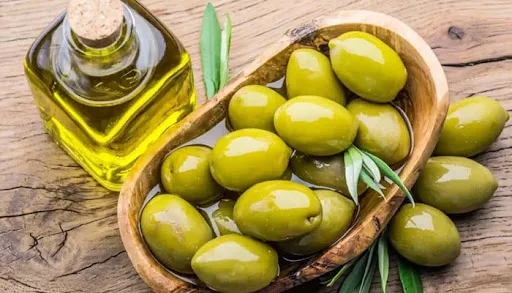Introduction:
Olive cultivation is an ancient and reputable practice carried out in various regions. This sturdy plant provides valuable oil and holds numerous health benefits. This article explores various aspects of olive cultivation.
Suitable Locations for Olive Cultivation:
Olive groves can be established on various types of land, provided there is no waterlogging. They thrive in sandy, clayey, loamy, rocky, and arid soils.
Method of Olive Cultivation:
Olive trees can be planted in spring or late summer. It is essential to maintain a spacing of at least 18*18 feet between plants. Attention to fertilization is also crucial for olive orchards.
Olive Yield:
The yield from an olive tree varies based on proper care. On average, each tree can yield around 25 kilograms of olives.
Benefits of Olives:
Olive oil is not only delicious but also offers various health benefits. Additionally, olive leaves and fruits are known for their medicinal properties.
Conclusion:
Olive cultivation presents a profitable business opportunity when managed with proper care and utilization. If you own agricultural land, consider adding olive cultivation to your portfolio.



